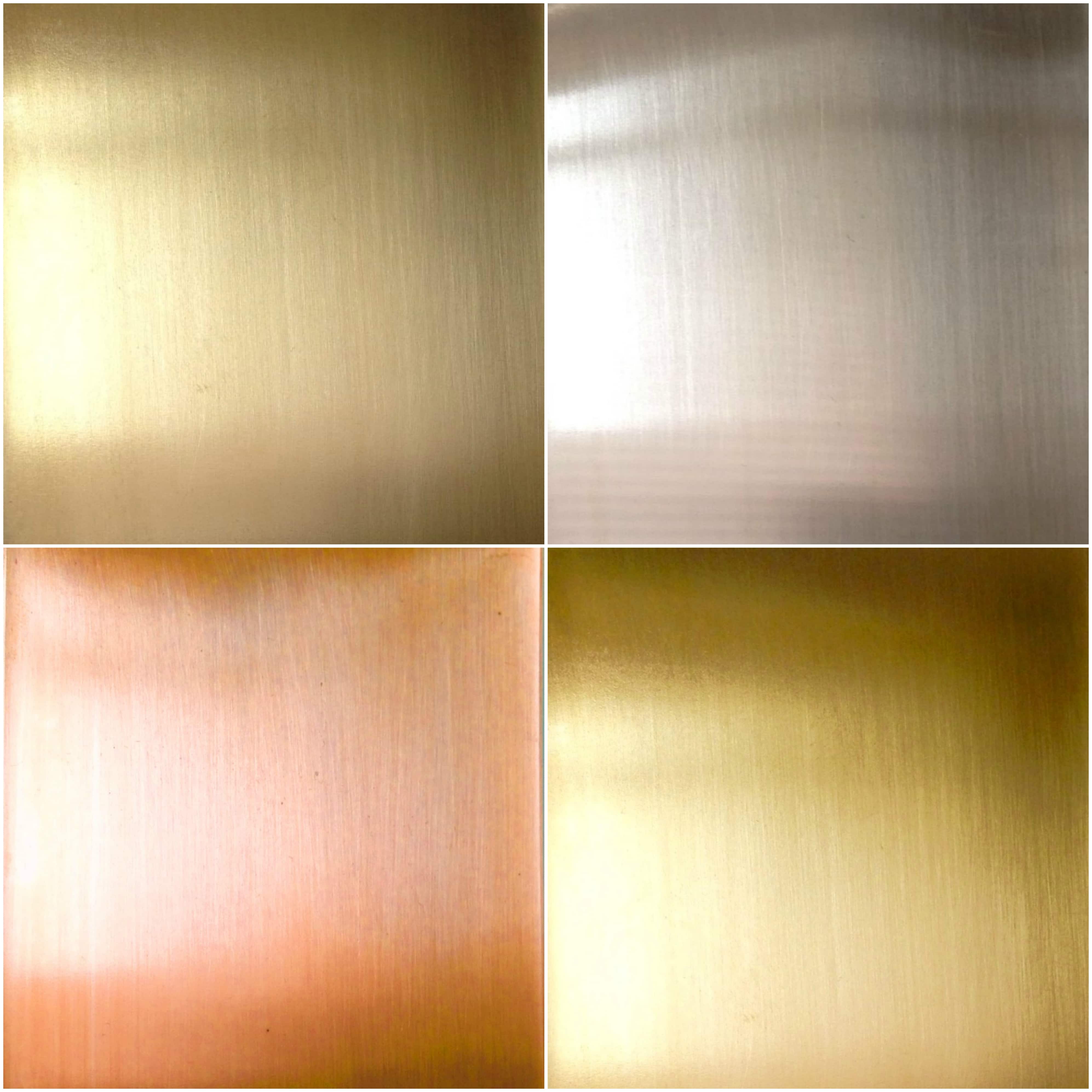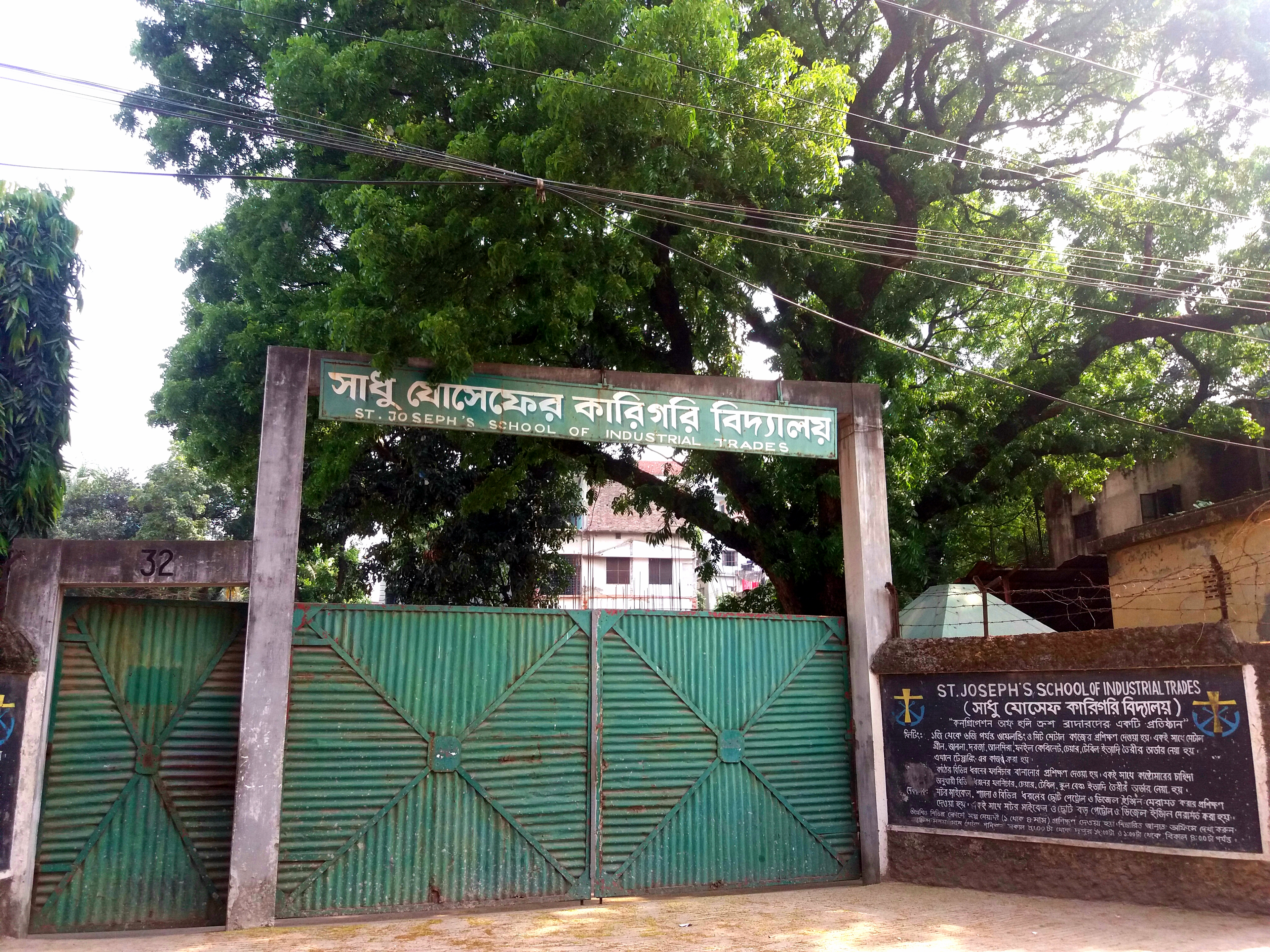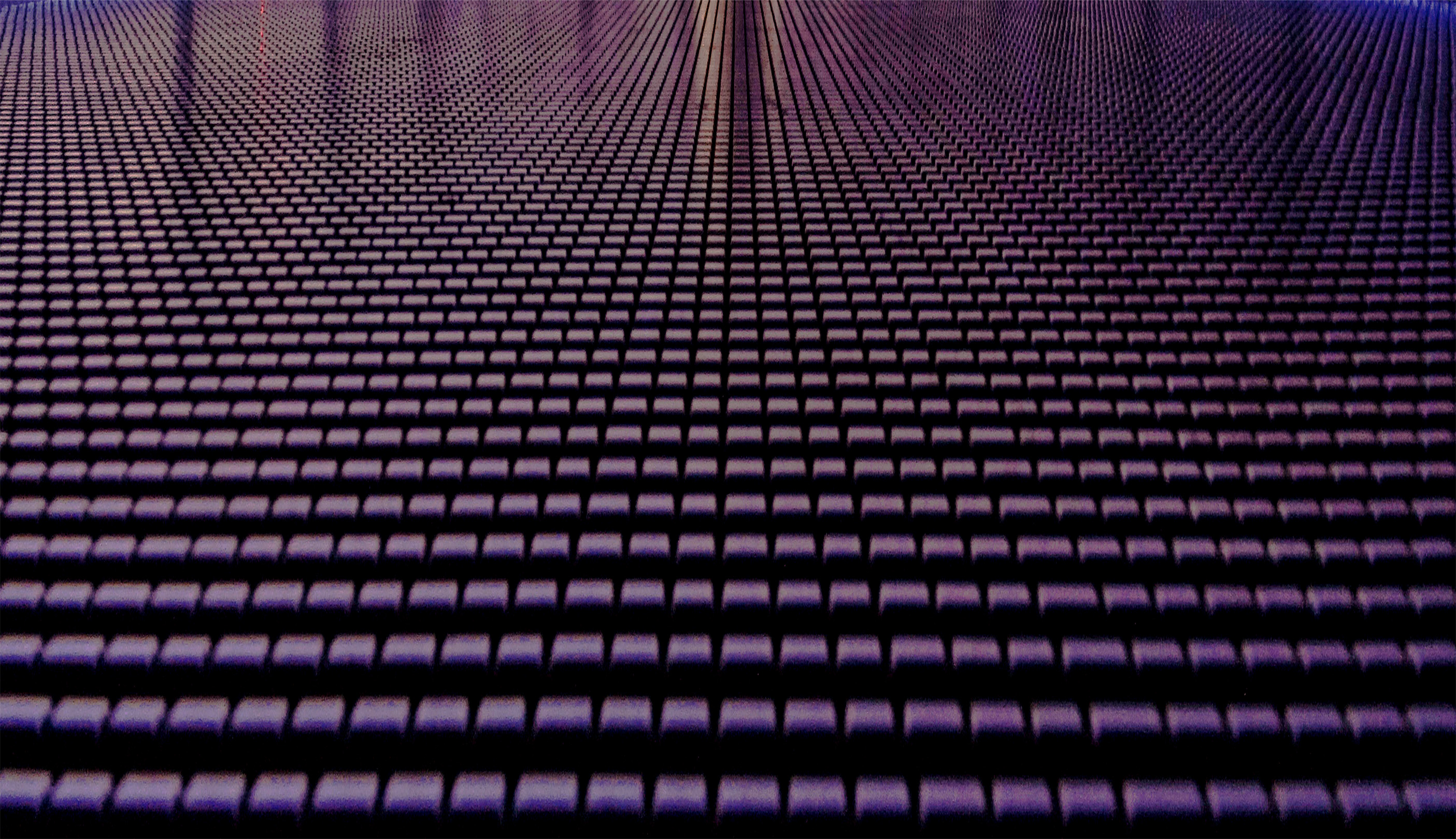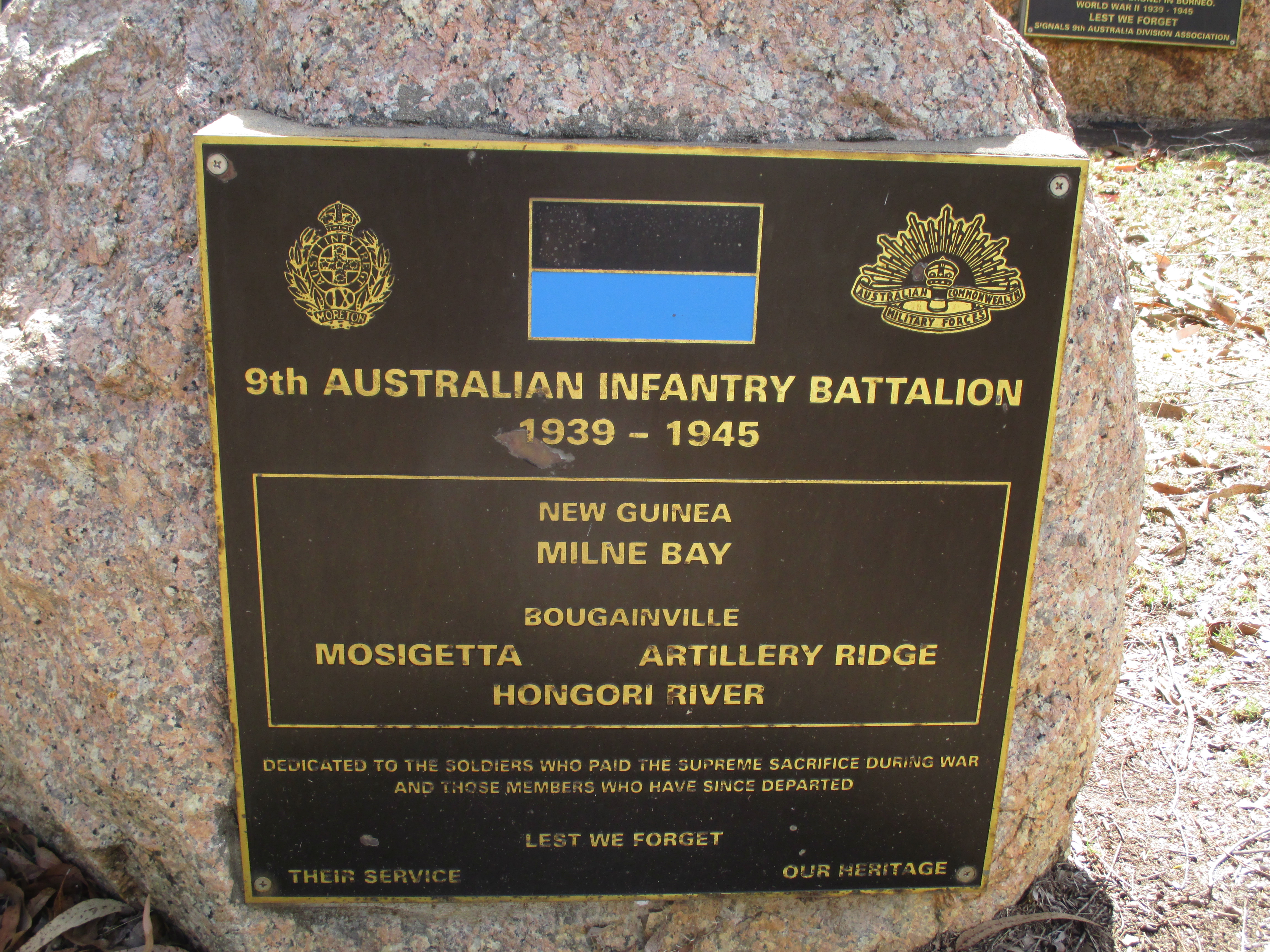After the First World War the defence of the Australian mainland lay with the part-time soldiers of the Citizens Military Force (CMF), also known as the Militia. The Militia was organized to maintain the structure of the First AIF and kept the same numerical designations. The Militia units were distributed in the same areas the original AIF units were raised and consequently also known by the name of their shire. Thus, the 9th Infantry Battalion was the "Moreton Regiment". However, during the 1930s little was spent on defence and the Militia had few volunteers. The 9th merged first with the 15th Infantry Battalion to form the 9th/15th Infantry Battalion. In 1934 it merged with the 49th Battalion to form the 9th/49th Infantry Battalion.
In February 1940 the 9th/49th went into camp at Redbank, west of Brisbane, where it received its first quota of recruits who had been called-up for compulsorily service. The 9th/49th then moved to Chermside, a northern suburb of Brisbane, where it joined the 15th, 25th, and 61st Battalions of the 7th Brigade. Full-time duty was introduced for the brigade in September 1940 and the following month, when the brigade was brought up to strength, the 9th/49th was separated into its two respective units. The 49th went to Port Moresby, while the 9th remained with the 7th Brigade.
The 7th Brigade spent 1941 conducting training and exercises at Chermside. After Japan entered the Second World War, the 7th Brigade prepared defensive positions around Caloundra on 7 December 1941. In May 1942 it moved to Rollingston, north of Townsville, to defend the area against a possible Japanese landing. In July and August the brigade moved to Milne Bay, at the south-east tip of New Guinea.
The 9th arrived in New Guinea on 5 August and took up defensive positions around Gaba Gabua Bay and Gili Gili Warf. On 27 August the Japanese made an amphibious landing at Milne Bay. The 9th was not involved in the initial fighting but took part in the Australian counter-attack on 31 August, moving across the Gili Gili No. 3 airstrip to the Gama River to help protect the 2/12th Battalion. Fighting continued throughout the afternoon and into the early hours of 1 September. The battle was over by 7 September.
The 7th Brigade remained at Milne Bay until March 1943 when it was transferred to Donadabu, near Port Moresby, and continued training. In November the brigade was progressively returned to Australia and granted leave until February 1945 when it regrouped on the Atherton Tablelands. The brigade returned to New Guinea in July, garrisoning the Madang area before being transferred to Torokina in Bougainville in November. About one-third of the men in the brigade were veterans of Milne Bay.
The 9th initially served in the Central Sector at Bougainville. It made the first attack of the campaign, capturing Little George Hill on 29 November, and went on to capture Arty Hill on 18 December. In January 1945 the 9th was transferred to the Southern Sector, where it joined the advance to the Puriata River until March. Despite morale problems within the battalion, it performed well and defeated the Japanese during the battle of Slater's Knoll on the night of 29 March. The 7th Brigade was relieved on 15 April by the 29th Brigade.
The campaign was over for the 9th. Some members were involved in the surrender ceremony in Torokina. The battalion was finally disbanded on 12 December 1945.









More free photos / by Flickr (Public Domain)